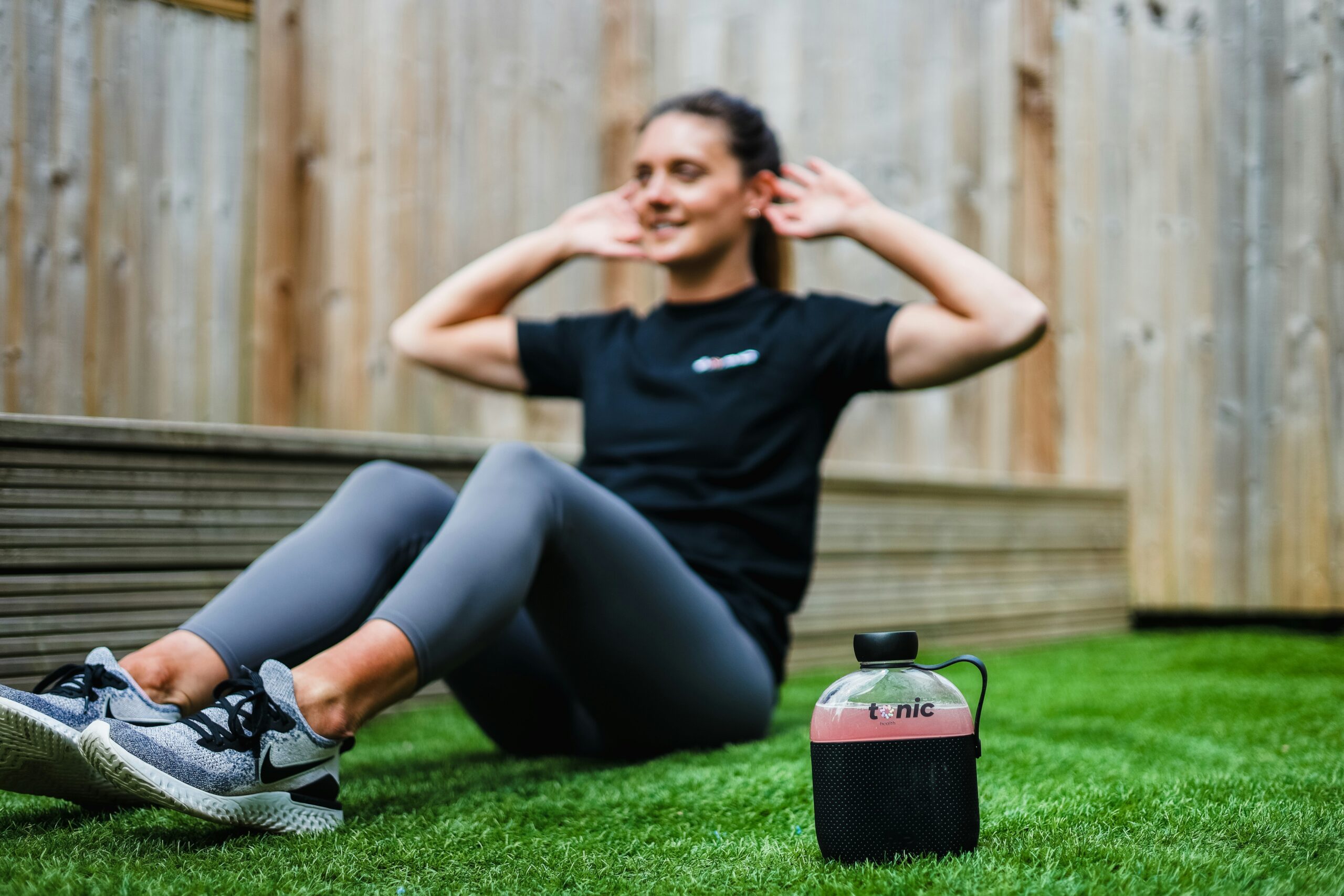Low-Energy Workout Tips for Women Who Still Want to Feel Strong
Whether you’re juggling hormone shifts, autoimmune flare-ups, poor sleep, or burnout from life—one thing’s for sure: you won’t always have the energy for high-intensity workouts. But here’s the truth most fitness plans ignore:
You can still build strength, support your metabolism, and stay consistent—even when you’re not at 100%.
This guide is for women who are committed to feeling better—not by doing more, but by doing what’s right for their bodies. Because fitness isn’t about perfection—it’s about showing up, tuning in, and honoring what your body truly needs.
Why You Shouldn’t Push Through Every Time
We’ve been told: “No excuses.” “Push through.” “Get it done.”
But when your nervous system is overwhelmed—physically, emotionally, hormonally—more stress can backfire.
🚨 Signs Your Body Needs a Gentler Training Approach:
-
You’re sore, unmotivated, or wired-but-tired
-
Sleep is disrupted and recovery feels slow
-
Your cycle is irregular or PMS is intense
-
You’re in a luteal/menstrual phase or postpartum window
-
You’re recovering from illness, inflammation, or burnout
-
You’ve experienced an autoimmune flare or adrenal fatigue
These are all signs your cortisol and nervous system may already be elevated. Piling on intense workouts can increase fatigue, muscle breakdown, and cravings—and derail your progress.
Training When You’re Tired: Why It Still Matters
Movement helps reduce inflammation, regulate blood sugar, boost circulation, and improve sleep—even in small doses. The key? Choosing the right intensity, style, and structure for your current state.
Small note: all movement is good—but the right movement for your energy and purpose is where real progress begins.
How to Exercise When You’re Exhausted or Stressed: 5 Smarter Strategies
1. Shift from Intensity to Intention
Forget beast mode. Aim for calm, controlled, consistent movement. Try:
-
Zone 2 cardio (walks, elliptical, rebounder, incline treadmill)
-
Slow-tempo strength with light/moderate weights
-
Bodyweight flows (squats, glute bridges, bird dogs)
-
Pilates-inspired mobility sessions
Even 15–30 minutes can improve circulation and reduce stress without exhausting you.
🔁 Quick Mini-Circuit (repeat 2–3x):
-
Glute bridges (15 reps)
-
Bird dogs (10 each side)
-
Bodyweight squats (15 reps)
-
Wall sits (30 sec)
-
Seated band rows (15 reps)
Remember: The most important thing is to show up consistently and listen to your body—not to push through pain or fatigue.
2. Use the “Movement Readiness” Checklist
Ask yourself:
✅ Do I feel stable and mobile today?
✅ Can I move through full range of motion without pain?
✅ Did I sleep and eat well enough to recover from my last workout?
If not, that’s your cue to slow down, modify, or simply move gently. This helps prevent burnout, injuries, and the all-too-common cycle of giving up from overwhelm.
3. Match Your Workout to Your Hormonal Phase
Women’s strength, motivation, and recovery shift throughout the month. Here’s how to train in sync:
| Phase | What’s Happening | Best Workout |
|---|---|---|
| Menstrual | Low energy, inflammation | Restorative, walking, stretching, low volume strength training, light cardio (if you feel good) |
| Follicular | Rising energy + estrogen | Strength training, light cardio |
| Ovulation | Peak power + mood | Lifting, HIIT (if you feel great) |
| Luteal | Progesterone rises | Strength + mobility + more rest |
This rhythm helps you avoid pushing when your body needs care—and leads to more consistency over time.
4. Train by RPE (Rate of Perceived Exertion)
Instead of chasing reps, tune into your effort:
-
RPE 3–4: light effort (mobility, walk)
-
RPE 5–6: moderate (bodyweight circuit)
-
RPE 7–8: intense (when fully rested)
-
RPE 9–10: max effort (occasional, advanced)
💡 On low days, RPE 4–6 is ideal. You’ll stay active, support your metabolism, and keep the habit going—without draining yourself.
5. Make Recovery Part of Your Plan
Muscles grow, hormones regulate, and your nervous system heals during rest—not during workouts.
Integrate:
-
Fascia release / foam rolling
-
Breathwork to lower cortisol
-
Walks in nature or light stretching
-
Sleep hygiene and gentle evening routines
Think of recovery as intentional, productive rest—not laziness.
🗓️ Weekly Training Plan (Low-Energy, Hormone-Sensitive, or Overwhelmed Women)
| Day | Type | Focus |
|---|---|---|
| Monday | Lower Body Strength (moderate) | Glute bridges, lunges, RDLs |
| Tuesday | Walk + Core or Stretch | Zone 2 walk + deep core |
| Wednesday | Upper Body Bodyweight | Push-ups, rows, shoulder mobility |
| Thursday | Active Recovery | Breathwork, fascia release |
| Friday | Full-Body Flow | Glutes, core, posture resets |
| Saturday | Outdoor Movement | Nature walk, hike, or swimming |
| Sunday | Rest or Gentle Stretch | Listen to what you need |
Note: This plan is just a guide for inspiration. Feel free to modify it—whether that means fewer days, shorter sessions (even 20 minutes), or swapping activities based on how you feel. Progress comes from consistency and listening to your body, not perfection.
Try to aim for at least 2 to 3 sessions per week, with a minimum of 20 minutes per session. Start with bodyweight if needed, and add resistance (like dumbbells or bands) if your current state allows. Always pair your movement with adequate rest and recovery—they’re just as important as the workout itself.
When You’re Tempted to Quit, Remember This:
👉 It’s not about doing everything. It’s about doing something consistently.
👉 It’s okay to go slower—so long as you don’t stop.
👉 You’re still showing up, even when you’re modifying.
The biggest risk of overtraining on low-energy days? Burnout and quitting altogether.
The biggest reward of gentle consistency? A body that feels safe, strong, and supported.
**This article is for educational purposes only and is not intended as medical advice. Always consult a qualified healthcare provider before starting any fitness program—especially if you’re recovering from illness, injury, or managing a chronic condition.
